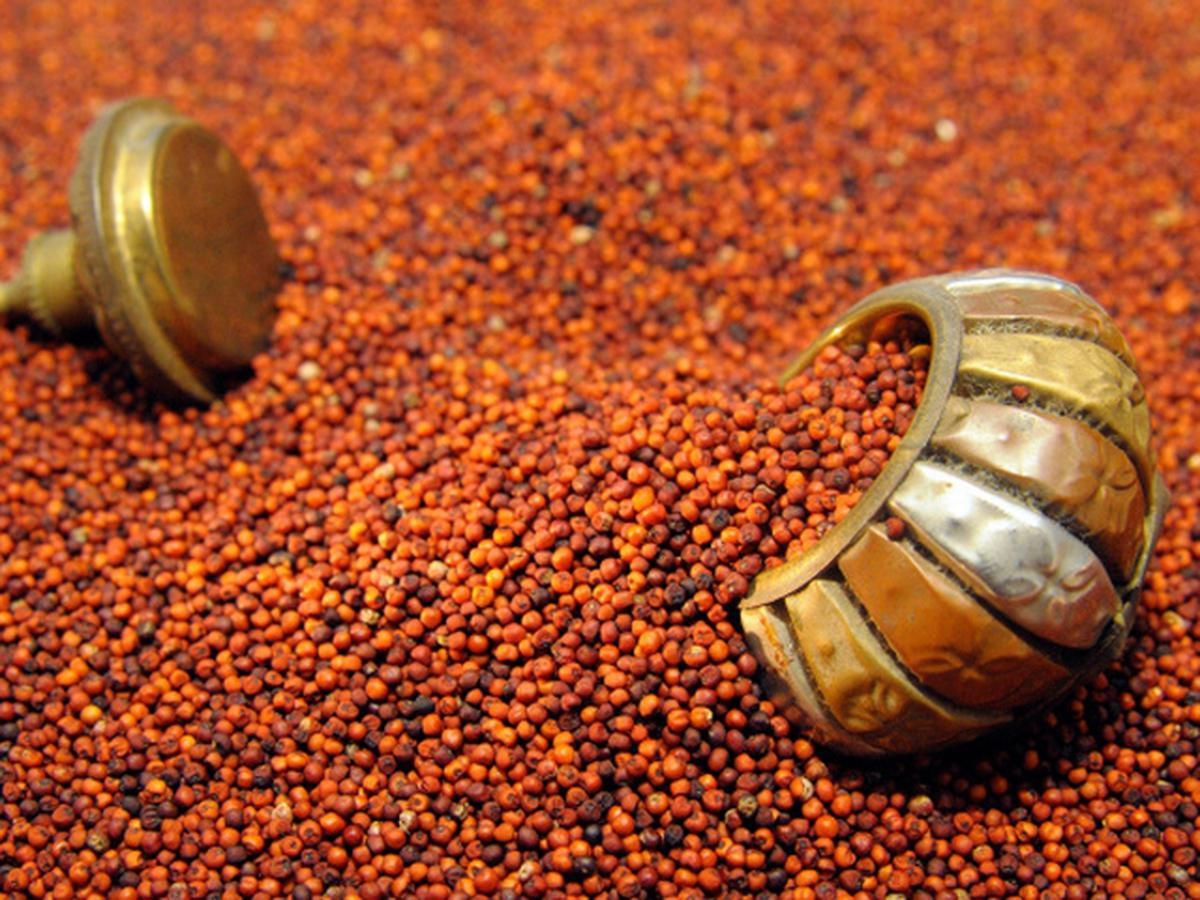Ragi - Things About Finger Millet

Ragi, also known as finger millet, is a cereal grain that is native to Africa and has been grown for thousands of years in India and other parts of Asia. It is known for its high nutritional value, including a high content of protein, minerals, and antioxidants.
How is Ragi traditionally consumed in India?
Ragi is traditionally consumed in India in the form of Ragi mudde, a type of dumpling made by mixing Ragi flour with water and steaming it. It is often served with a vegetable or lentil-based curry and is a staple food in some parts of South India.
What are the different ways to cook Ragi?
Ragi can be cooked in many different ways, including making Ragi mudde, Ragi dosa, Ragi roti, Ragi porridge and Ragi idli. It can be used as a flour to make pancakes, cookies, and cakes.
What are some of the health benefits and uses of ragi?
Some of the health benefits and uses of Ragi include:
Rich in Nutrients:
Ragi is an excellent source of protein, minerals, and antioxidants. It is particularly rich in calcium, iron, and magnesium.
Gluten-free:
Ragi is gluten-free, making it an ideal alternative for people with gluten intolerance.
Low glycemic index:
Ragi has a low glycemic index, which makes it beneficial for diabetics.
Good for Infants and Children:
Ragi is rich in minerals, protein, and antioxidants, and can help in healthy growth and development.
Weight Loss:
Ragi is low in calories and high in fiber, it can help in weight loss as it makes you feel full for a longer time.
Good for Bone Health:
Ragi is rich in calcium, which is essential for strong bones and teeth.
Good for Digestion:
Ragi is high in fiber, which helps in promoting a healthy digestive system.
Good for Heart Health:
Ragi is rich in magnesium, which is known to lower blood pressure and reduce the risk of heart disease.
However, it's important to note that Ragi should be consumed in moderation as excessive consumption of Ragi can cause stomach upset and lead to constipation. Also, people who are sensitive to gluten-free grains should consume ragi in moderation.
In addition, Ragi should not be consumed by people with gluten allergies as it may cause allergic reactions. People with pre-existing medical conditions should consult with a healthcare professional before consuming Ragi.
In conclusion, Ragi is a nutrient-dense grain that offers a wide range of health benefits. It is gluten-free, low in glycemic index and a good source of protein, minerals, and antioxidants. It is also versatile and can be consumed in many forms like flour, flakes, and Ragi mudde. It is a good alternative for people with gluten intolerance and diabetes. However, it should be consumed in moderation and people with pre-existing medical conditions should consult with a healthcare professional before consuming Ragi.









